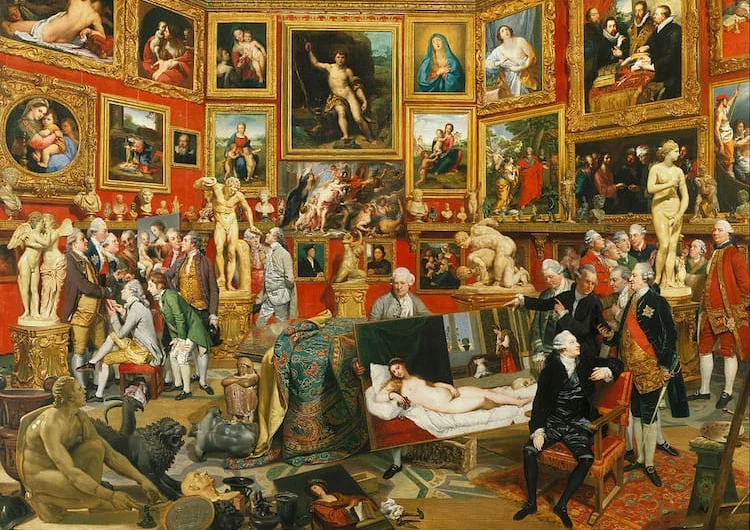Hamsa, the hand of power.
The Hamsa is an extremely famous symbol popular throughout the Middle East and North Africa. It’s mainly used in jewelry and wall hangings, though sometimes it’s displayed in art.
But it predates Christianity, Islam, and Judaism.
“Khamsah” is an Arabic word that means "five", but also "the five fingers of the hand". It may also be taken as a reference to the primary number itself.

Museum:The Israel Museum, Jerusalem
Item Type:Hamsa
Location:Morocco
Period:Early 20th century
Domain:Judaica
Classification:Jewish Items
Technique: Silver, cast and engraved
Origin
The earliest known appearance of the Hamsa was in ancient Mesopotamia (modern day Iraq area).

Here it could be seen in the amulets worn by certain female goddesses such as Ishtar or Inanna. From there, it’s theorized it spread to Egypt as a two-finger amulet representing Osiris and Isis.
It then began spreading to different religions in several different forms- including Buddhism and Hinduism.
Symbolism
It is a sign of protection that also represents blessings, power and strength, and is seen as potent in deflecting the evil eye. Used to protect against evil eye, a malicious stare believed to be able to cause illness, death or just general unluckiness, hamsas often contain an eye symbol.
Egypt: One theory postulates a connection between the khamsa and the Mano Pantea (or Hand-of-the-All-Goddess), an amulet known to ancient Egyptians as the Two Fingers. In this amulet, the Two Fingers represent Isis and Osiris and the thumb, their child Horus and it was used to invoke the protective spirits of parents over their child.
Phoenicia: Another theory traces the origins of the hamsa to Carthage where the hand of the supreme deity Tanit was used to ward off the evil eye.
Jewish: Many Jews believe that the five fingers of the hamsa hand remind its wearer to use their five senses to praise God.
Arabic countries: Due to its significance in both Arabic and Berber culture, the hamsa is one of the national symbols of Algeria and appears in its emblem.
Its Many Names
• In Judaism they refer to it as the hand of Miriam, to honor the sister of Moses.

"And Miriam the prophetess, the sister of Aaron, took a timbrel in her hand; and all the women went out after her with timbrels and with dances." (Exodus 15:20).
Illuminated manuscript, Tomić Psalter, 1360/63, Moscow State Historical Museum
• In Christianity it’s known as the hand of Mother Mary, after Jesus’ mother.
The Virgin's first seven steps, mosaic from Chora Church, c. 12th century
As the Hand-of-Mary, it was used to protect women from the evil eye and/or boost fertility and lactation, promote healthy pregnancies and strengthen the weak. In that time, women were under immense pressure and expectation to become mothers. The woman's upbringing was centered on becoming a mother as an exclusive role, and it indicated child bearing as necessary. It was also thought marriage was a sense of protection for both the man and woman.
• In Islam it’s known as the hand of Fatima, after the prophet Muhammad’s daughter.

• For Hindus and Buddhists, it symbolizes the interplay of the chakras, the energy flow in the body and the five senses. The Buddha's gesture (mudrā) is the symbol of teaching and protection.

Often times, the Hamsa is used to ward off what’s known as “the evil-eye”. The evil eye is considered to be the sum of destructive energies that come from negative emotions in the world.
This is why it’s often used on walls or jewelry.
Vie Blakey, owner and designer of Vis à Vis Jewelry wearing her handmade Hamsa necklace.
References:





















